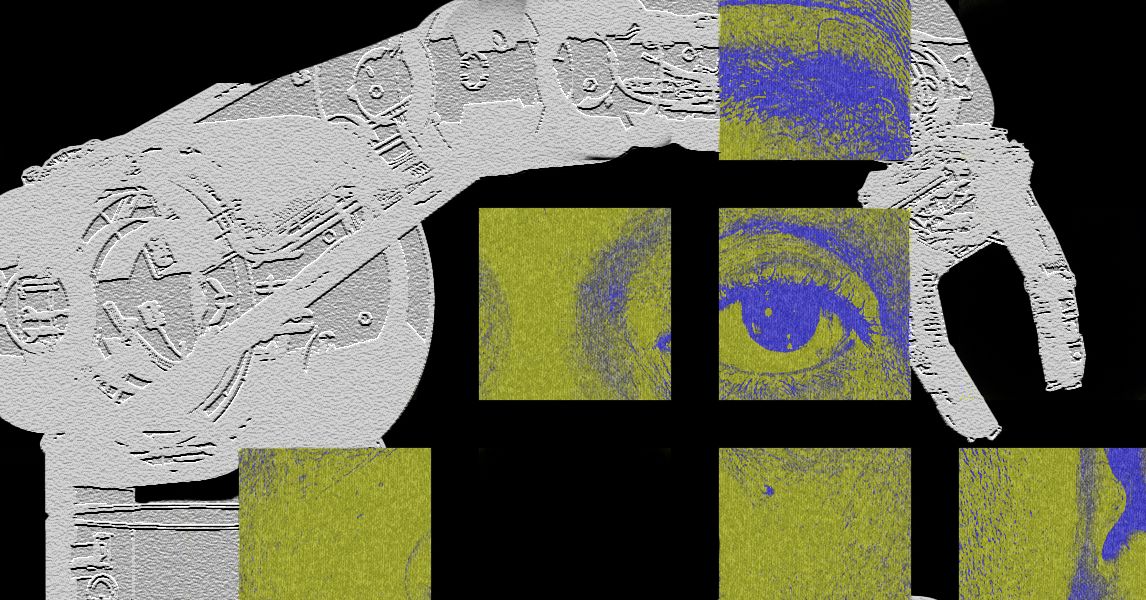In sci -fi stories, artificial intelligence often empowers a variety of smart, capable and occasional killer robots. The obvious restriction of the best artificial intelligence today is that, now, it is completely trapped in the chat window.
Google Deepmind shows a range of more powerful, adaptive and potential robots by announcing a new version of its Gemini Model AI that puts language, vision and physical performance.
In a series of demonstrations, the company showed several robots equipped with a new model called Robotics Gemini and manipulated the items in response to speech commands: robot folding paper, delivery of vegetables, gently put a pair of glasses in one case and other things. Robots rely on the new model to connect items that are visible by possible actions to do what is told. This model is trained in such a way that it allows the behavior to be generalized in very different hardware.
Google Deepmind also announced a copy of its model called Gemini Robotics-Er (for visualization reasoning), which only has a visual and location understanding. This is the idea for other robot researchers to use this model to teach their models to control robots.
In a video demonstration, Google Deepmind researchers used the model to control a humanitarian robot named Apollo Startup Appronik. This robot conversations with a human and when they are ordered, the letters move around a boulder.
“We have been able to bring the global-conceptual-conceptual understanding of Jamini 2.0 to the robotics,” said Kanishka Rao
Google Deepmind says the new model is capable of successfully controlling different robots in hundreds of specific scenarios that were not previously included in their training. “When the robot model has a conceptual understanding, it becomes much more general and useful,” Rao said.
Advances that have created powerful chats, including Openai’s ChatGpt and Gemini Google, have increased the hope of a similar robotics revolution in recent years, but there are major obstacles.





